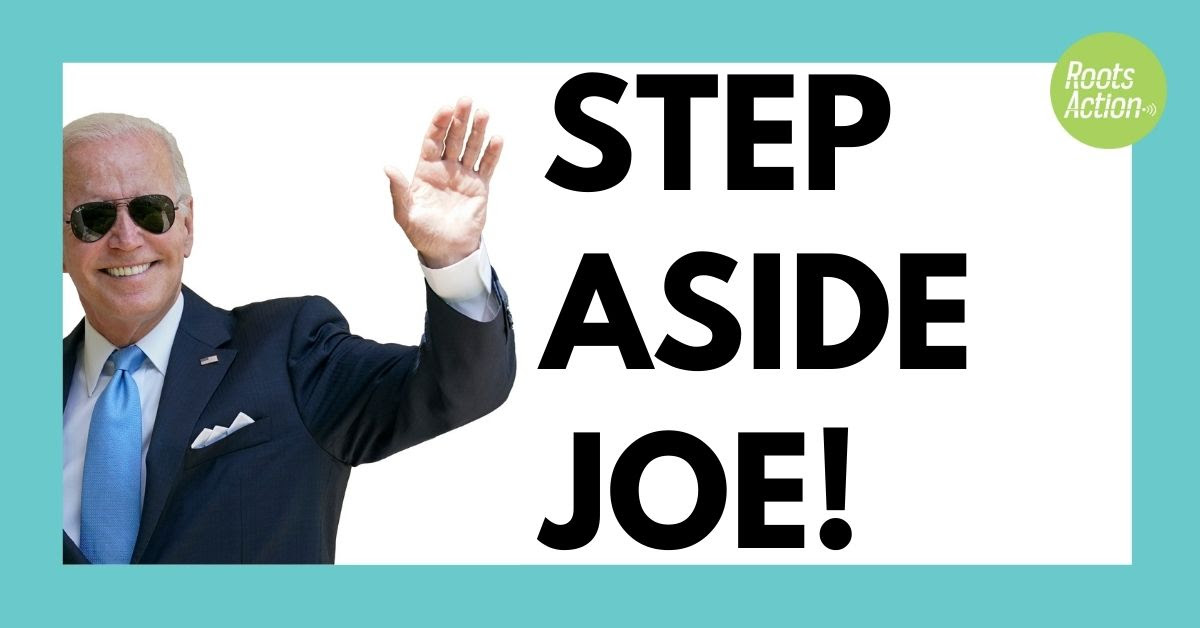The debate about the debt ceiling should have been a conversation about how to create jobs. It is time for progressives to remind the government that it has a legal duty to create jobs, and must act immediately – if not through Congress, then through the Federal Reserve.
With official unemployment reaching over 9%, the unofficial rate in double digits, and the unemployment rate for people of color more than double that of whites, it is nerve wracking to hear right wing political pundits say the government cannot create jobs. Do people really believe this canard? On “Real Time with Bill Maher” a few weeks ago, Chris Hayes ofThe Nation stated that the government should create and has in the past created jobs, but he was put down by that intellectual giant Ann Coulter who said, ”but they (WPA jobs) were only temporary jobs.” No one challenged her.
Most of the jobs created under the Works Progress Administration (WPA) - and there were millions of them - lasted for many years, or until those employed found other gainful employment. They provided a high enough income to allow the worker’s family to meet basic needs, and they created demand for goods in an economy that was suffering, like today’s economy, from lack of demand. The WPA program succeeded in sustaining and creating many more jobs in the private sector due to the demand for goods that more people with incomes generated.
The most galling thing about pundits stating with such certainty that the government cannot create jobs is the implication that the government has no business employing people. In actuality, however, the law requires the government, in particular the President and the Federal Reserve, to create jobs. This legal duty comes from three sources: (1) full employment legislation including the Humphrey Hawkins Full Employment Act of 1978, (2) the 1977 Federal Reserve Act, and (3) the global consensus based on customary international law that all people have a right to a job with favorable remuneration to provide an adequate standard of living.
1. Full Employment Legislation
The first full employment law in the United States was passed in 1946. It required the country to make its goal one of full employment. It was motivated in part by the fear that after World War II, returning veterans would not find work, and this would provoke further economic dislocation. With the Keynesian consensus that government spending was necessary to stimulate the economy and the depression still fresh in the nation’s mind, this legislation contained a firm statement that full employment was the policy of the country. As originally written, the bill required the federal government do everything in its authority to achieve full employment, which was established as a right guaranteed to the American people. Pushback by conservative business interests, however, watered down the bill. While it created the Council of Economic Advisors to the President and the Joint Economic Committee as a Congressional standing committee to advise the government on economic policy, the guarantee of full employment was removed from the bill.











